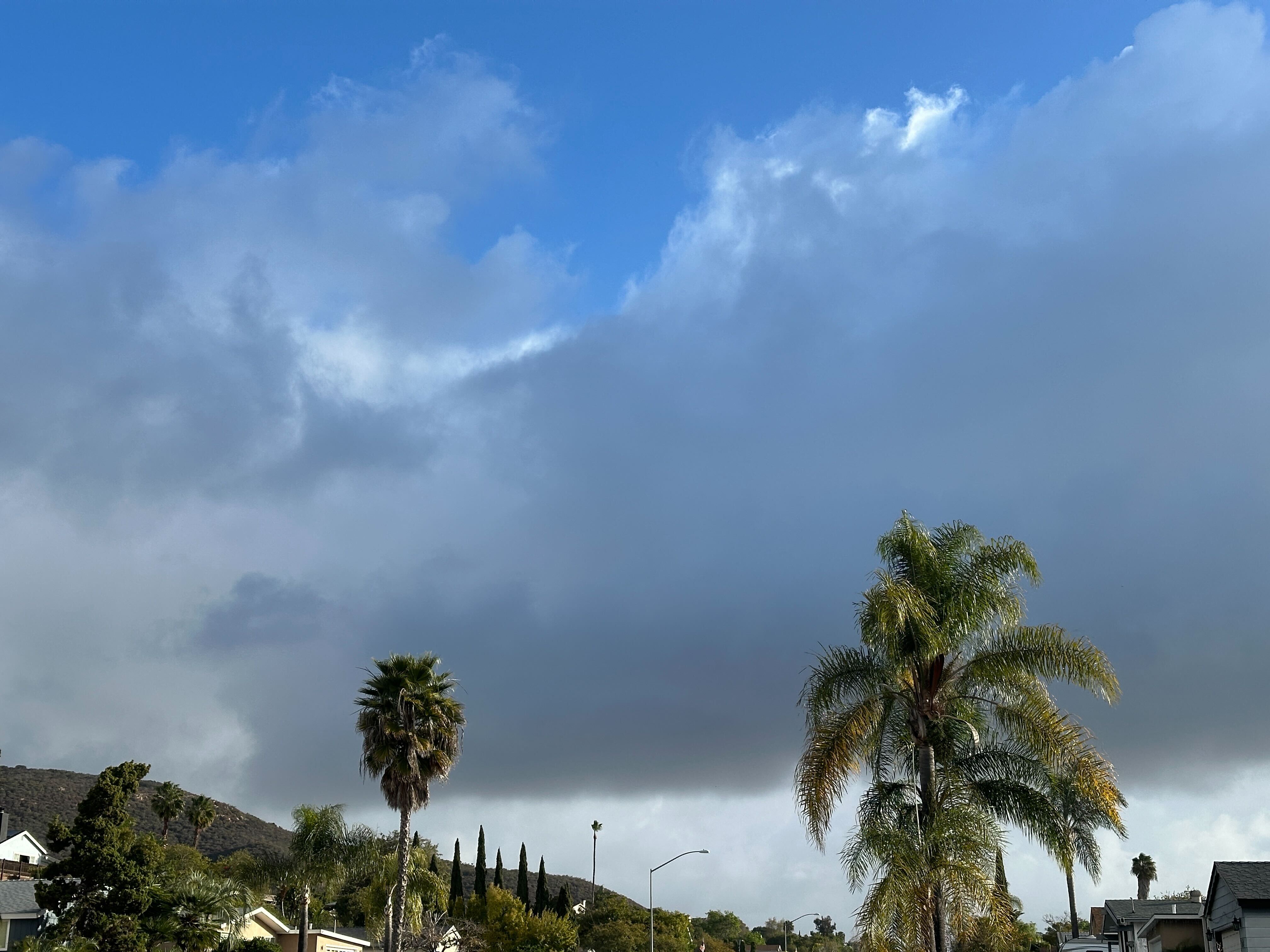800 White Abalone will be returned to the ocean. NBC 7’s Dagmar Midcap has more.
Hundreds of sea snails were released off San Diego County’s coast in an effort to save a dying species once prolific to Southern California.
The National Oceanic and Atmospheric Administration (NOAA) Southwest Fisheries Science Center in La Jolla released 800 white abalone Wednesday in a restoration effort 15 years in the making.
NOAA, the California Department of Fish and Wildlife, the Paua Marine Research Group, and other scientific organizations gathered to report on their ongoing recovery effort for the white abalone – once a community of millions, now an endangered species.
“We’ll put them in coolers, we’ll bring them out to the ocean, and we have these little houses set up already in the ocean that are ready to go for them. Divers actually put them in bags and take them down underwater, and we gently put them in these little homes,” said Amanda Bird, a marine biologist at the Paua Marine Research Group.
Bird told NBC 7 crews will monitor the homes, returning every week to resupply food for the white abalone. After a month, divers will remove the underwater houses, allowing the sea creatures to move around freely.
And Wednesday's addition to the white abalone population in Southern California was just the “first in a series,” according to David Witting, a fish biologist at the NOAA Restoration Center.
“All abalone species are depleted in Southern California, and they really were an iconic species in California, much like blue crabs in the Chesapeake or lobsters in Maine. You know, they really drove the, sort of, recreational and commercial experience in the ocean for decades, and so the loss of that really was a major cultural loss from Southern California, so it’s exciting to finally be at a point where we’re, you know, doing something to turn that around,” Witting told NBC 7.
Local
Witting said crews will add more white abalone twice a year over the next five years to combat the decades of destruction to the species.
As fishers farmed the mollusks throughout the 20th century from Point Conception, California, to Baja California, Mexico, 99 percent of the population disappeared, according to NOAA. Today, there’s only a thousand or two left.
In 1997, California banned commercial fishing of white abalone, and while NOAA said this helped stop the snails’ decline, the now-endangered species still has a long way to go to avoid extinction.
Now, NOAA said the largest threat to the white abalone’s survival is low reproduction rates. While female abalone can release as many as 10,000,000 eggs at a time, the mollusks are often alone and unable to find a mate.
The bottom dwellers live on rocky sediment at depths as low as 180 feet, and the white abalone can use its “foot” – an orange muscle that attach to rocks – to move around. Here, the mollusks eat different kinds of algae.
Once fully matured, the marine snails can grow up to 10 inches. They have a lifespan of up to 40 years, according to NOAA.
Researchers in La Jolla spoke to the Southern California community about the endangered species from 10 a.m. to 1 p.m. Wednesday at NOAA’s science center along La Jolla Shores Drive.



